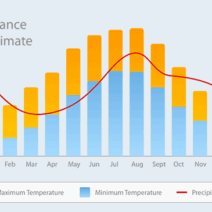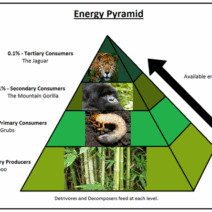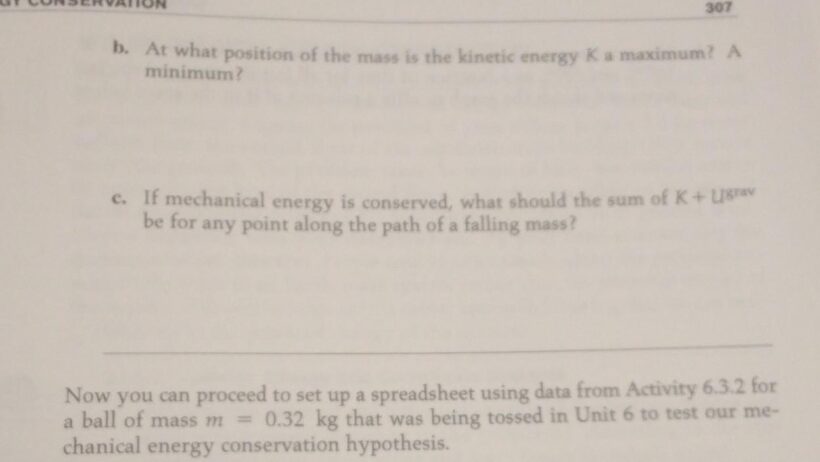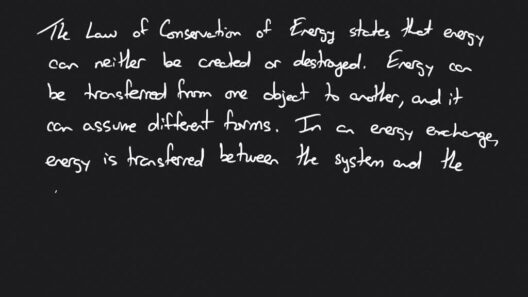In the grand tapestry of physics, mechanical energy is often heralded as a stalwart figure—a guardian of conservation in the dynamic dance of nature. Yet, like the tides that ebb and flow, the conservation of mechanical energy requires nuanced understanding. It is imperative to unravel the enigmatic conditions under which this conservation holds true and those exceptional moments when it falters.
To comprehend the complexities of mechanical energy, one must first discern the essence of its two primary components: kinetic energy (the energy of motion) and potential energy (the stored energy of position). Picture a roller coaster poised at the apex of its tracks, a magnificent testament to the delicate balance of energy forms. As it descends, potential energy metamorphoses into kinetic energy—a fluid exchange eloquently illustrating the principle of conservation. But does this principle apply universally?
Understanding the Conditions for Conservation
In an ideal world devoid of friction and external forces, mechanical energy remains constant. This is the sacred ground where the laws of conservation prevail, resembling an artist’s pure canvas before the first brushstroke. In such a scenario, the total mechanical energy—defined as the sum of potential and kinetic energy—stands resolute. Yet, the world is seldom so pristine.
Consider the friction between a sled and the snow. Though the sled may glide with exuberance, energy dissipates in the form of heat, a third actor in our play. In this case, mechanical energy is not conserved; instead, the system loses energy to its surroundings, much like a fountain slowly running dry. Similarly, when air resistance or mechanical damping comes into play, such as the braking of a vehicle, the mechanical energy cannot remain intact, revealing the beautiful fallibility of our laws.
Calculated Discrepancies: Non-Conservation Scenarios
Every rose has its thorn, and in the realm of mechanical energy, certain scenarios disrupt harmony. The impacts of friction and air resistance are the unseen hands that alter the melody. The turbulent whispers of air striking a speeding cyclist or the grating sound of tires on asphalt exemplify energy transitions, losing mechanical energy to resistance forces. The tangible result is a deviation from conservation, manifesting in the form of unyielding heat—a byproduct of the frictional dance. In essence, these external forces function as uninvited guests, and their interference complicates the pristine narrative of conservation.
Even more compellingly, consider inelastic collisions, where objects collide and fail to bounce back to their original forms. In such instances, the kinetic energy pre-collision is not entirely conserved post-collision, morphing into other energy forms, such as sound and heat. The murmurs of energy transformation echo through the aftermath, a fascinating dance of interrelation among various energy states. Each collision becomes a reminder that even within the constraints of the universal laws, unpredictability lurks at the edges.
The Cosmos and Conservation: In the Larger Picture
The conversation surrounding the conservation of mechanical energy extends beyond mere mechanics to touch upon profound cosmic truths. In celestial mechanics, for example, the interplay of gravitational and kinetic energy among celestial bodies illustrates conservation principles on a grand scale. Planets orbiting stars exchange energy, dancing through the void without resistance. In this perfect balance, the total energy remains unbroken, a celestial symphony playing to the tune of gravitational attraction, underscoring the elegance of conservation.
However, the universe is replete with phenomena where this conservation breaks down. Take, for instance, the cosmic ballet of supernovae or black holes. These cataclysmic events emit immense energy, transcending the familiar laws of conservation as they displace energy in spectacular bursts. Here, mechanical energy intertwines with thermal and electromagnetic energy, showcasing the versatility of energy forms as they traverse the boundary between conservation and destiny.
The Future of Mechanical Energy in Practical Applications
As society grapples with the urgency of sustainability and conservation, understanding the nuances of mechanical energy becomes paramount. Engineers and scientists alike recognize that energy efficiency cannot simply rely on idealized models. The real world—with its friction, drag, and thermal losses—demands innovative solutions. Harnessing renewables, minimizing friction through advanced materials, and refining energy transfer processes represent noble pursuits towards achieving true energy conservation.
To conclude, the question of whether mechanical energy is always conserved tantalizes the curious mind. The interplay between ideal conditions and the complexities of the real world crafts a rich narrative. While conservation stands firm under an array of optimal circumstances, it falters under the duress of friction, collisions, and cosmic phenomena. Embracing these intricacies propels us toward a deeper understanding of energy, urging us to develop strategies embracing the delicate balance between conservation and transformation. Only then can we hope to navigate the challenges of modernity while appreciating the hauntingly beautiful complexities of the universe in which we dwell.






